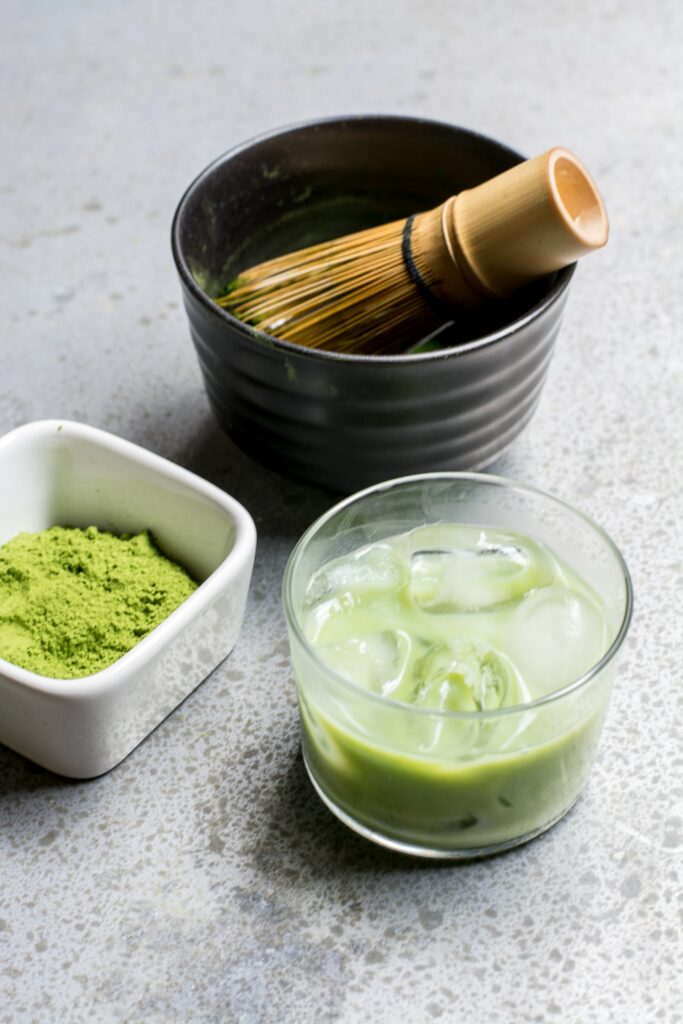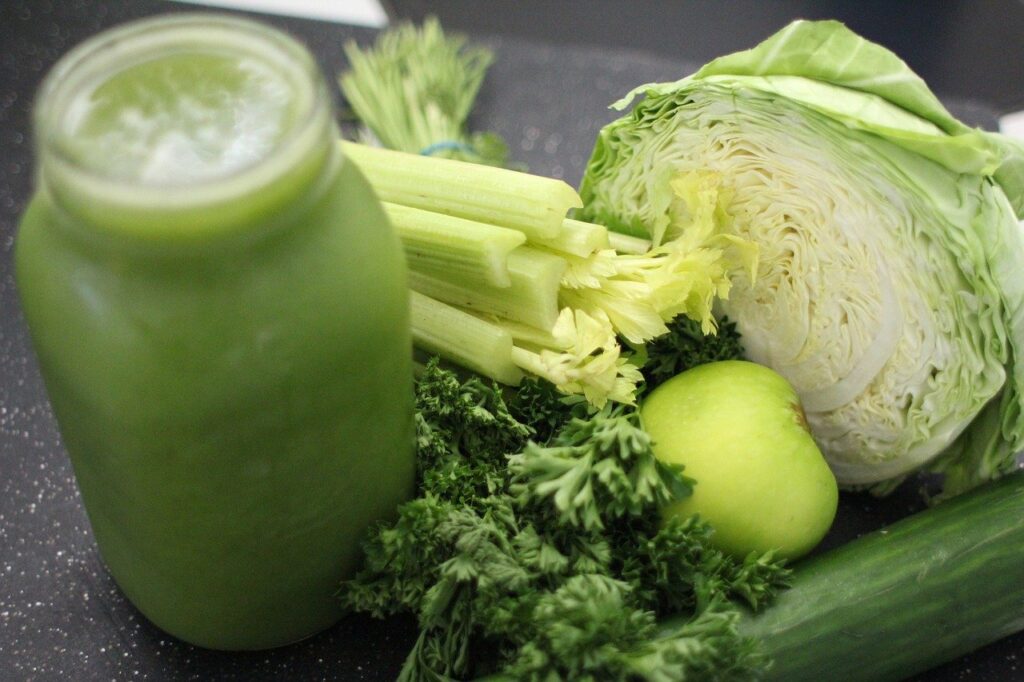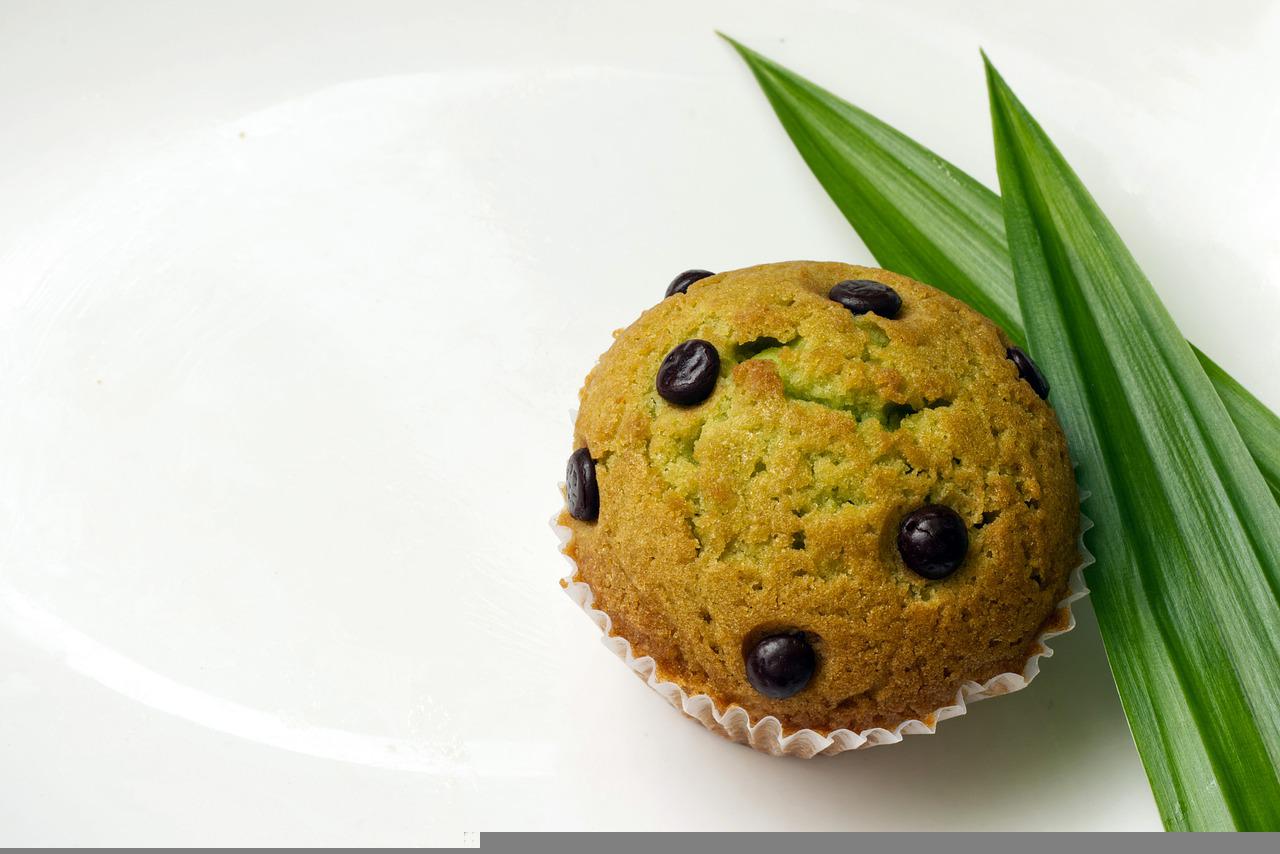Pandan leaves are fragrant leaves used in South and Southeast Asian cuisines for flavoring dishes. It is a tropical plant grown throughout Southeast and South Asia. There are plenty of ideal alternatives if you are looking for a pandan leaves substitute.
The pandan plant is sterile and does not produce flowers, so it must be propagated through cuttings. Therefore, the pandan plant cannot be found in the wild even though it is wildly cultivated. Its leaves are delightfully fragrant with a sweet floral and grassy taste.
Contents
What Are Pandan Leaves?
Pandan leaves, or screw pine leaves, are the fragrant leaves of the tropical pandan plant. These herbal leaves are commonly used in South and Southeast Asian cuisine for their aroma and vibrant color.
They are typically used to flavor rice, puddings, and other desserts. And can also be used for pigmentation as they give color to dishes. The leaves can also be boiled, steamed, juiced, or extracted.
Apart from their aroma, pandan leaves have a sweet grassy taste. They offer hints of coconut and vanilla, making them an excellent flavor for desserts.
Pandan leaves are a rich source of nutrients with high amounts of vitamins and antioxidants. They are also rich in minerals like iron, calcium, phosphorous, etc.
Pandan Leaves Substitutes
Pandan leaves can be tough to come by, depending on where you live. So, what do you do when a recipe calls for it? There’s an option for every situation, be it for aromatics, pigment, or a sweet grassy taste.

1. Matcha
Matcha is the finely ground powder form of specially processed green tea leaves. It is traditionally used in tea ceremonies in East Asia. But recently, it has been used to flavor and color foods like soba noodles, green tea ice cream, and mochi.
This powder is an excellent substitute if you want to color foods. Matcha has a bitter grassy taste with a vibrant green color due to its high levels of chlorophyll. As matcha is a form of concentrated green tea, it possesses plenty of health benefits.
2. Vanilla Beans
Pandan leaves are also known as the “Vanilla of the East” due to their close aromatic association with vanilla beans. If you can’t get your hands on pandan leaves, then vanilla beans are the next best thing.
Vanilla beans come from an orchid plant of the genus vanilla. They provide a similar taste to pandan leaves, especially in dessert recipes. You can also use vanilla paste or vanilla extract if you can’t find the beans.
3. Collard Greens
Collard greens are a perfect substitute in a pinch. Collard greens come from the same family as cabbage and broccoli, and they all have similar tastes.
This southern favorite is great for soups, savory dishes, salads, and wraps. They have a vibrant green color similar to pandan leaves, making them a great alternative. Although collard greens have a slightly bitter taste, they have an earthiness similar to pandan leaves.
4. Cilantro
Cilantro is the leaves and stems of the coriander plant used to flavor dishes. Popular in Asia and Mexican dishes, cilantro is a great way to replace pandan leaves in a meal. The delicate leaves of cilantro have an aromatic, citrusy flavor that is similar to pandan leaves. Cilantro is typically used in soups, salads, or sauces. And it can easily be used as a suitable replacement for pandan leaves.

5. Celery Leaves
Celery is a biennial plant with European origins. It’s a part of the parsley family with edible roots, leafstalks, and leaves. Although celery stalks are very popular in the culinary field, celery leaves are also a great ingredient. The leaves are used for garnishing and seasoning sauces and soups.
The leaves have a distinct peppery taste, making them an excellent substitute. Celery leaves vary from light green to dark green, like pandan leaves.
6. Banana Leaves
Pandan leaves are often used to wrap food like meats in Southeast Asian cuisine. This is to regulate the temperature of the food while preventing cross-contamination. Wrapping food in leaves is also an eco-friendly alternative to plastics while adding flavor to the meal. Smoked banana leaves impart an appealing aroma to the foods wrapped in them.
Conclusion
The pandan leaf is a versatile ingredient that adds extra oomph to a meal. Its aromatic peppery flavor with a hint of nutty vanilla essence is hard to replicate. But if you can’t get pandan leaves, the above options are great pandan leaves substitutes.
